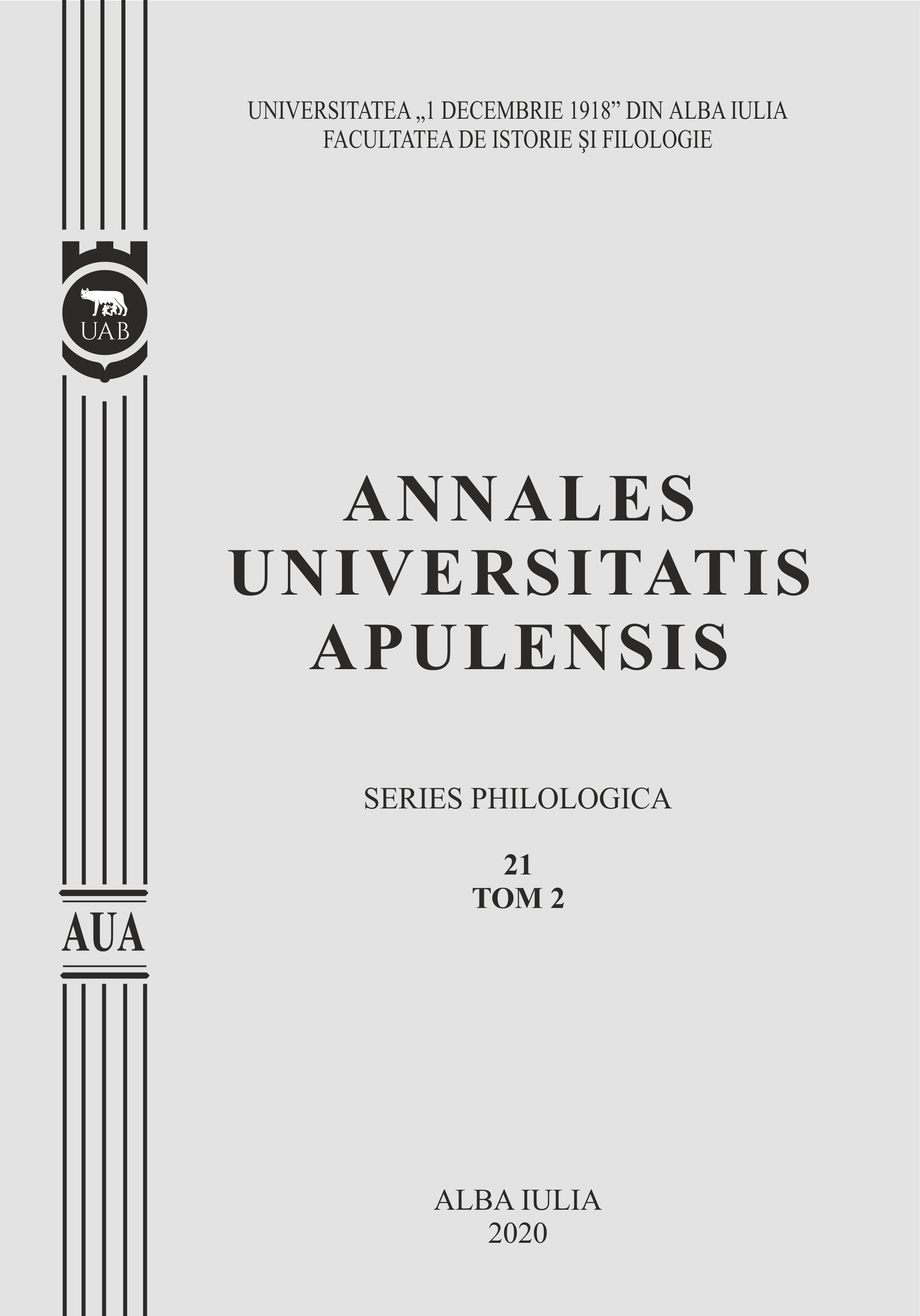IMAGINARUL LINGVISTIC ȘI CULTURAL AL MORȚII ÎN EPITAFURILE DIN „CIMITIRUL VESEL” DE LA SĂPÂNȚA
The Linguistic and Cultural Imagery of the Epitaphs at the ”Merry Cemetery”, Săpânța
Author(s): Anca Lorena SacalîșSubject(s): Language and Literature Studies, Applied Linguistics, Lexis
Published by: Universitatea »1 Decembrie 1918« Alba Iulia
Keywords: linguistic imagery; cultural imagery; epitaphs; funerals; conceptual metaphors;
Summary/Abstract: A strictly conceptual approach to death, over the ages and in all places, starting in the most primitive times, depicts it not as an end to life, but rather as a passage towards a different state of being. The Romanian peasant has built a whole conceptual diversity around the idea of death. He embraced the objects intrinsically related to demise with metaphors, by means of rituals or poetry, turning this extinction imagery into a possibly vast research area. By personifying death and providing it with human characteristics, adding elementsof space and time to it immutable and somehow abstract nature, the simple, ordinary man managed to put in words,often spontaneously, a specific, familiar perception of death.In this study, we would like to present, in the most vivid colors possible, those passages in the epitaphs at the “Merry Cemetery” that speak of the intimate relationship between man and death, and for this purpose we will focus on certain linguistic testimonials that are relevant in this sense. The conceptual metaphors and the images suggestive of death, present in the epitaphs, do not belong to the Romanian heritage only; they can be retrieved in other cultures as well. Therefore we should approach this thesaurus at its very roots, at the very "womb" of which it sprang out, in order to gain a better view over the symbolism it carries. Of course, we will not omit the local cultural side either, expressed through the so-called bocete and verșuri that repeat themselves as letimotives along the epitaphs. These peculiar lyrics represent, without discussion, not so much of a refined reaction of man when confronted to his transience, but rather a spontaneous, visceral reaction, already existing for ages and thus valuable for the ancient tradition it evokes.
Journal: Annales Universitatis Apulensis. Series Philologica
- Issue Year: 22/2021
- Issue No: 2
- Page Range: 328-338
- Page Count: 12
- Language: Romanian

